Climate Helps to Halve World Wildlife in 40 Years
Climate change is identified by conservation campaigners as increasingly implicated in the plight of many wild species, which they say have fallen by more than half since 1970.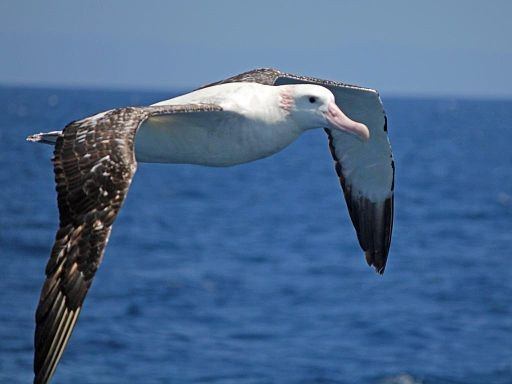
By Alex Kirby, Climate News NetworkThis piece first appeared at Climate News Network.
LONDON — Human pressure has halved the numbers of many of the Earth’s wild creatures in just four decades, the Worldwide Fund for Nature says.
While the main recorded threat to biodiversity comes from habitat loss and degradation, driven by unsustainable human consumption, it found, climate change is a growing concern.
It says in its Living Planet Report 2014 that vertebrate wildlife populations have declined by an average of just over half, with freshwater species suffering a 76% decline, almost double the average loss of land and ocean species.
In a foreword the director-general of WWF International, Marco Lambertini, writes: “This latest edition of the Living Planet Report is not for the faint-hearted.
“One key point that jumps out is that the Living Planet Index (LPI), which measures more than 10,000 representative populations of mammals, birds, reptiles, amphibians and fish, has declined by 52% since 1970.
“Put another way, in less than two human generations, population sizes of vertebrate species have dropped by half.”
The Report is based on the Index, a database maintained by the Zoological Society of London (ZSL).
Industrial killing
WWF says the state of the world’s biodiversity “appears worse than ever.” But it is confident in the robustness of its findings: “This is a much bigger decrease than has been reported previously, as a result of a new methodology which aims to be more representative of global biodiversity.”
The authors calculated the decline by analysing 10,000 different populations of 3,000 vertebrates. This data was then, for the first time, used to create a representative Living Planet Index, reflecting the state of all 45,000 known vertebrates. The consequences, it shows, can be drastic.
Last week conservationists said that elephant poaching was now happening on an unprecedented and “industrialised” scale in Mozambique, after 22 of the animals were killed for their tusks in the first two weeks of September. Numbers of some marine turtles are estimated to have dropped by 80%.
Professor Ken Norris, director of science at the ZSL, said: “The scale of biodiversity loss and damage to the very ecosystems that are essential to our existence is alarming. This damage is not inevitable but a consequence of the way we choose to live.”
There is wide disagreement about the number of species on Earth. In 2007, when the total was estimated by many scientists at around 1.5 m (it is now thought to be 8.7 m) the number of vertebrate species was put at about 60,000 in the IUCN Red List.
WWF says too that humans are using more resources than the Earth can continue to provide, felling trees more quickly than they can regrow, for example, catching fish faster than they can reproduce, emptying rivers and aquifers – and emitting too much carbon for natural systems to absorb.
Boundaries crossed
The Report devotes a section to the idea of the Ecological Footprint, the sum of the ecological services that people demand which compete for space. For more than 40 years, it says, humanity’s demand on nature has exceeded what the planet can replenish, principally through climate change.
“Carbon from burning fossil fuels has been the dominant component of humanity’s Ecological Footprint for more than half a century, and remains on an upward trend. In 1961, carbon was 36% of our total Footprint; by 2010, it comprised 53%”, the Report says.
WWF urges respect for “planetary boundaries” beyond which humanity will “enter a danger zone where abrupt negative changes are likely to occur.”
It says “three planetary boundaries appear to have already been transgressed: biodiversity loss, and changes to the climate and nitrogen cycle, with already visible impacts on the well-being of human health and our demands on food, water and energy.”
The Report argues for the diversion of investment away from the causes of environmental problems and towards solutions, and for “ecologically informed” choices about how we manage resources.
Next year world leaders are due to conclude two critical global agreements: the post-2015 development framework, which will include Sustainable Development Goals intended to be met by all countries by 2030; and a UN treaty leading to effective action to cut greenhouse gas emissions.
Your support matters…Independent journalism is under threat and overshadowed by heavily funded mainstream media.
You can help level the playing field. Become a member.
Your tax-deductible contribution keeps us digging beneath the headlines to give you thought-provoking, investigative reporting and analysis that unearths what's really happening- without compromise.
Give today to support our courageous, independent journalists.
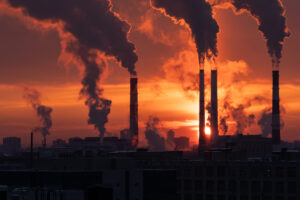

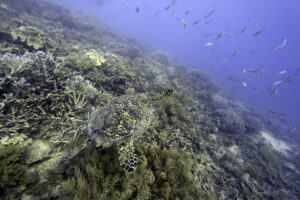
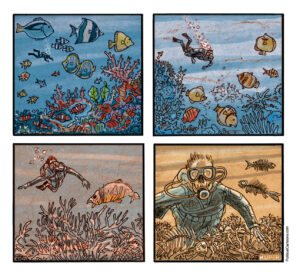

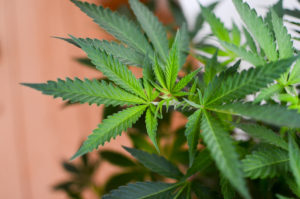
You need to be a supporter to comment.
There are currently no responses to this article.
Be the first to respond.